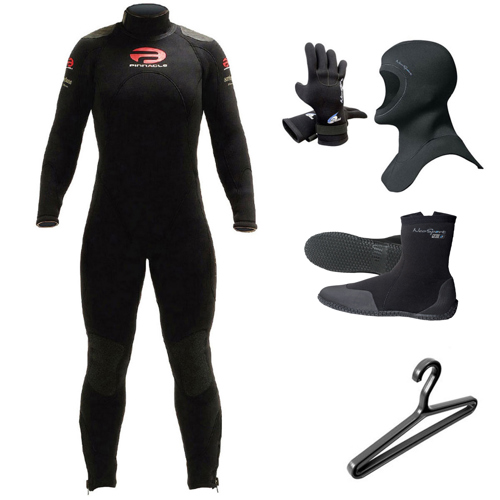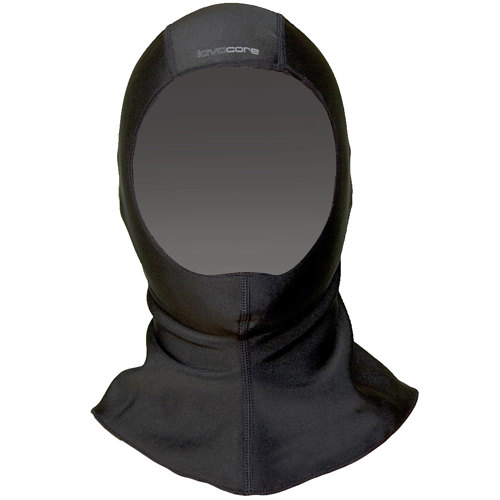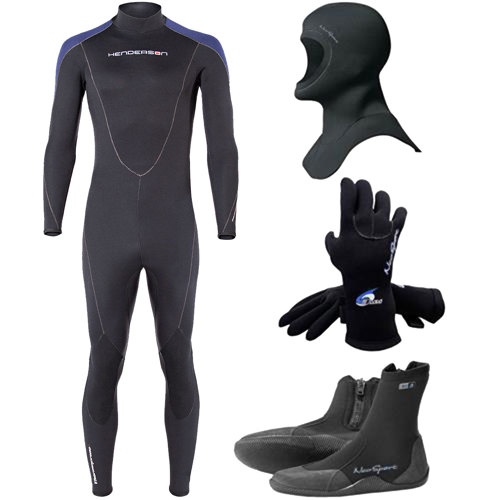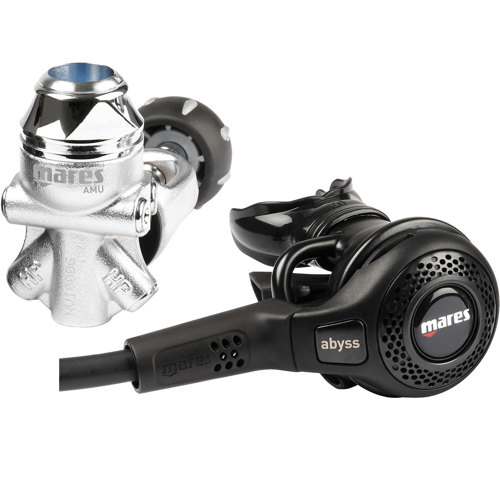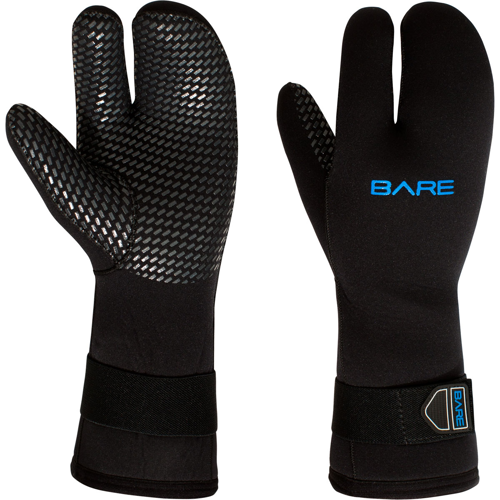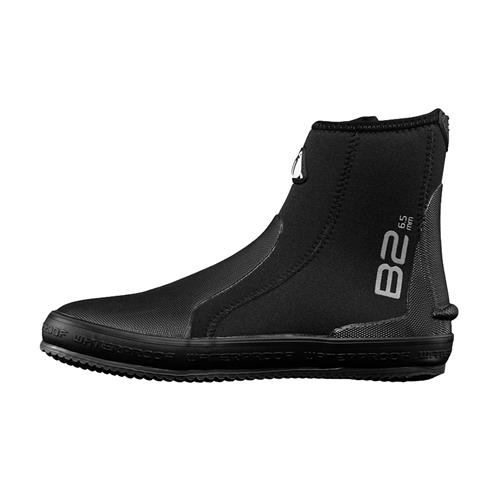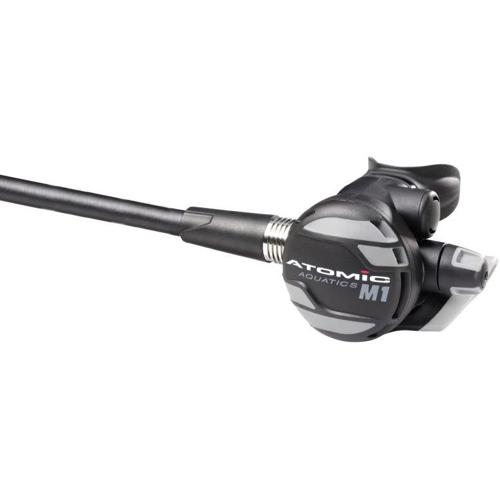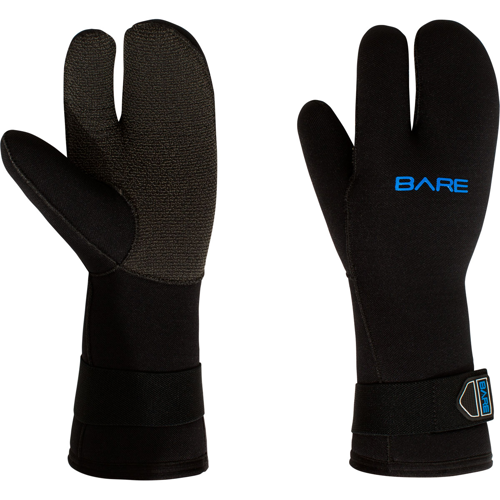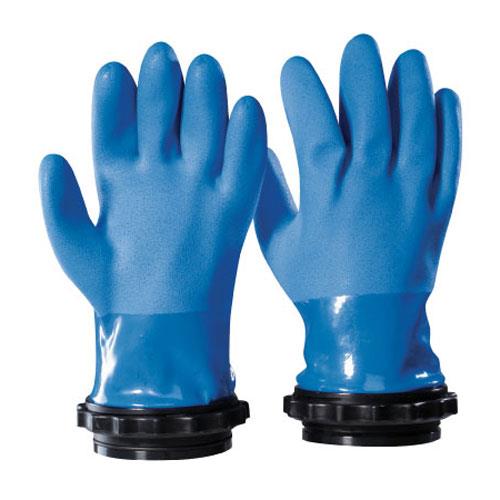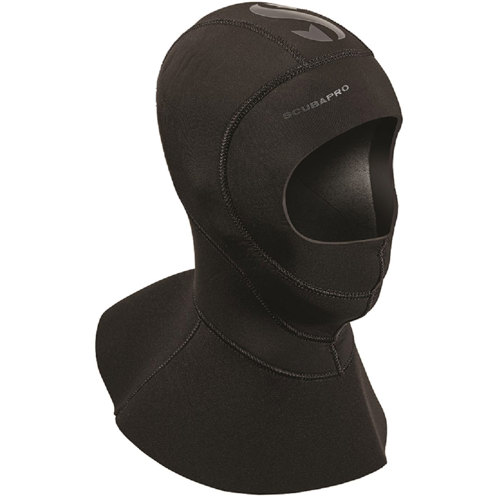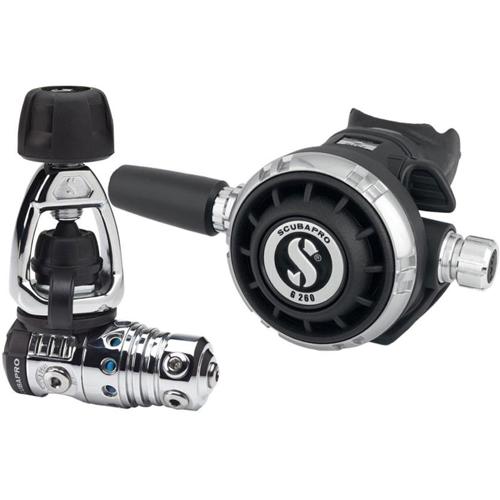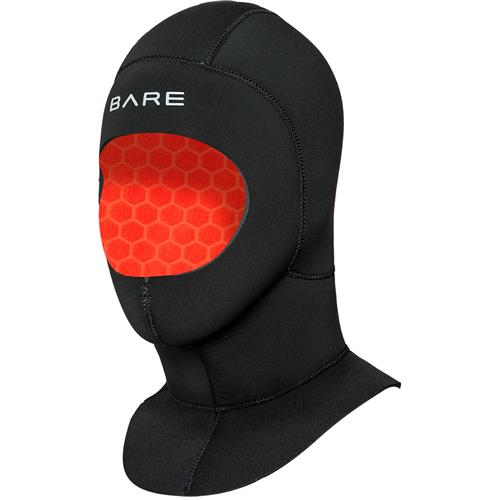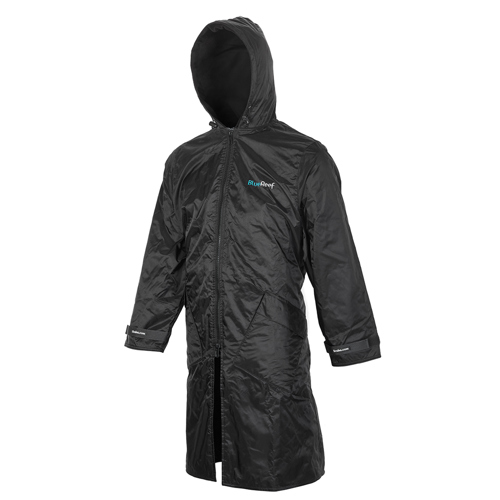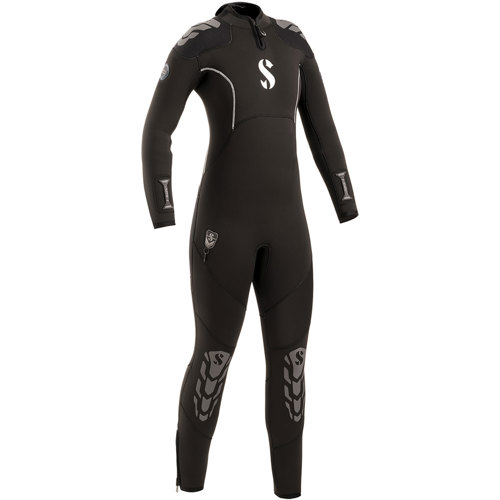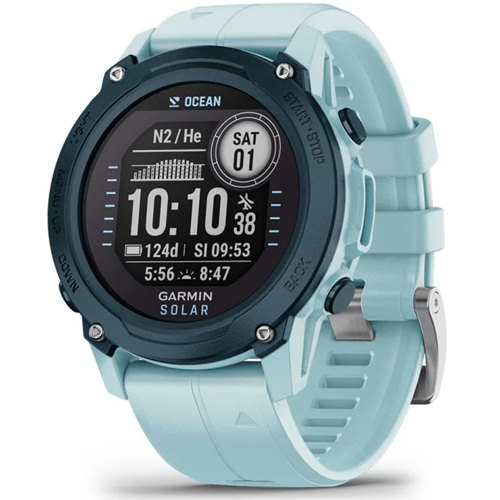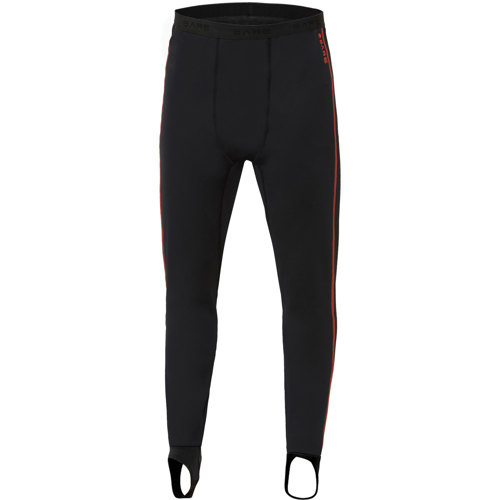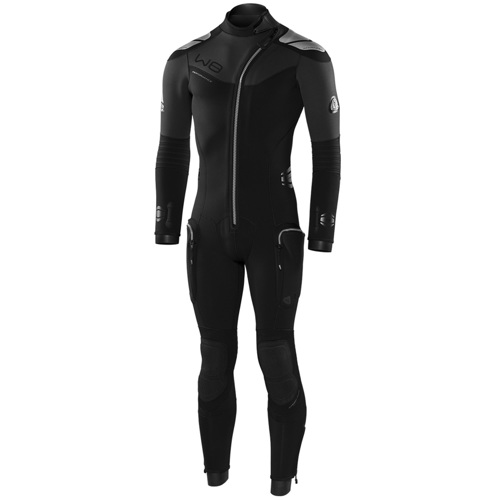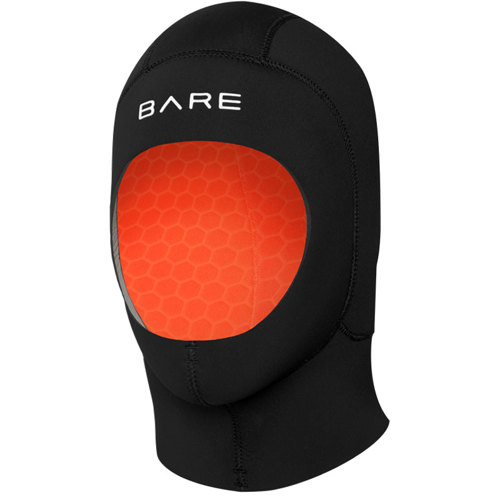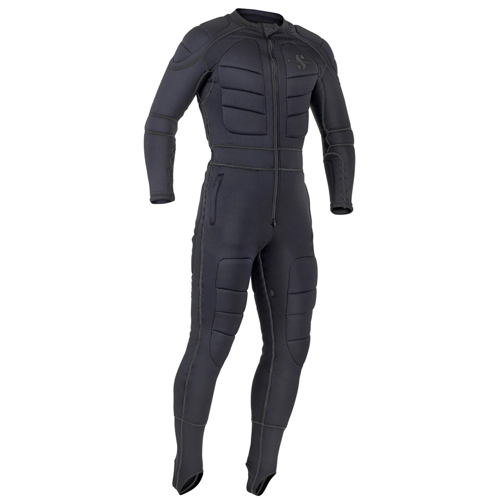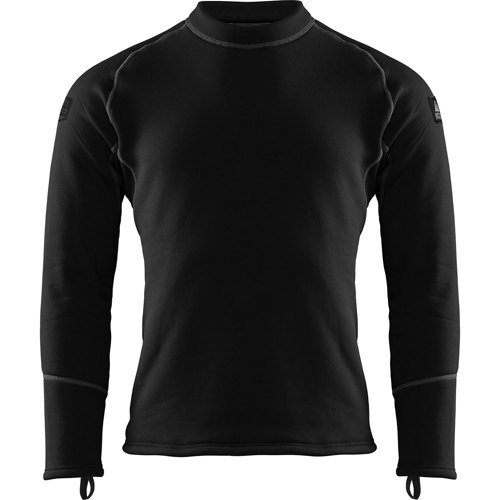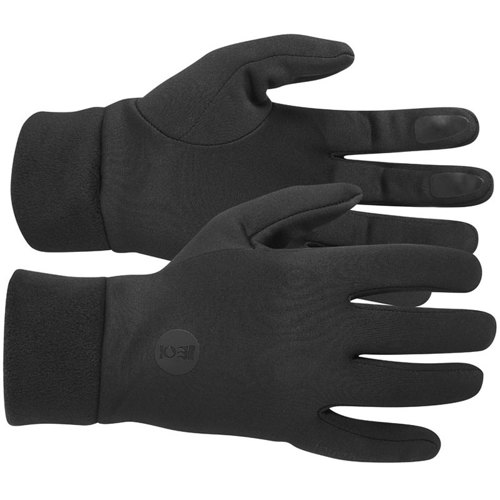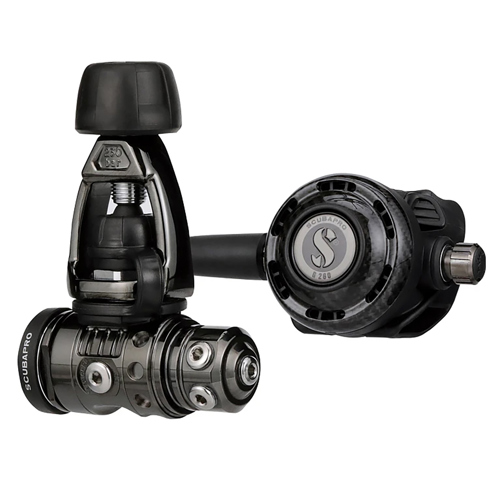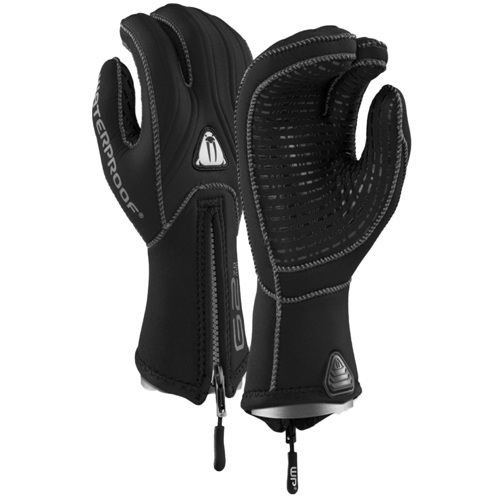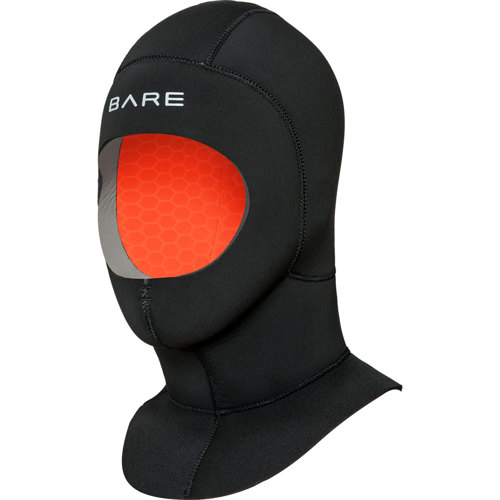Polar diving is a pursuit reserved for those drawn to the world’s most extreme and breathtaking underwater frontiers. The icy waters of the Arctic and Antarctic are unlike any other dive environment—crystal-clear visibility, towering icebergs, and encounters with marine life that few will ever witness firsthand. Yet, these environments demand a level of preparation and specialized equipment that goes far beyond standard scuba gear. Every piece of gear for polar diving is chosen with the utmost care, not only to maximize comfort but, more importantly, to ensure safety in conditions where water temperatures hover at or below freezing. A drysuit is essential, forming the first barrier against the cold, but it’s the combination of thermal undergarments, well-sealed hoods, and robust gloves that truly make the difference between an unforgettable adventure and a dive cut short by the cold. Insulated boots, layered beneath the drysuit, keep your feet warm and protected from the numbing chill, while a cold-water regulator—engineered specifically to resist freezing—ensures a reliable air supply even in the most frigid conditions.
When assembling a kit for polar diving, it’s important to consider not only the gear that keeps you warm but also the equipment that supports safe navigation and emergency preparedness. A buoyancy control device (BCD) with ample lifting capacity and quick-release features is invaluable, especially when wearing bulky thermal layers and managing heavier tanks. Dive computers designed for cold water help track time and depth with precision, and a compass is indispensable for orientation beneath the ice, where natural light can be scarce and reference points are few. High-powered underwater lights are particularly useful for illuminating the deep blues and greens of the polar world, revealing intricate ice formations and the occasional curious seal or school of fish. A dive knife is always recommended for safety, whether as a tool for freeing yourself from entanglements or as a general-purpose instrument. Fins compatible with drysuit boots provide the propulsion needed to maneuver through strong currents and around ice floes, while a well-fitting mask ensures clear vision—crucial for both safety and enjoyment in these visually stunning environments. Many experienced divers recommend carrying redundant systems, such as a secondary regulator or a backup light, to account for the increased risks associated with cold water and remote locations.
Polar diving gear isn’t just for expedition veterans or professional researchers; it’s also an inspired gift for adventurous divers looking to expand their horizons. For those planning a bucket-list trip to the polar regions, or for anyone who finds themselves drawn to the challenge and beauty of cold-water diving, this specialized equipment opens up new worlds to explore. September marks the transition into the polar diving season, as ice conditions stabilize and the underwater landscape transforms with the changing light. Whether you’re gearing up for your own expedition or searching for the perfect gift for a fellow diver, investing in high-quality, cold-water-rated gear is an investment in safety, comfort, and the ability to fully experience the awe of polar environments. For divers interested in extending their season or preparing for chillier local waters, many of the same principles apply—layering for warmth, choosing gear rated for lower temperatures, and staying vigilant about equipment maintenance. If you’re curious about adapting your kit for less extreme but still brisk autumn dives, explore our recommendations for
Gear For Fall Diving for more ideas on staying comfortable and safe as the water cools. Every piece of gear selected for polar diving represents a commitment to exploration, resilience, and respect for some of the planet’s most awe-inspiring underwater realms.

